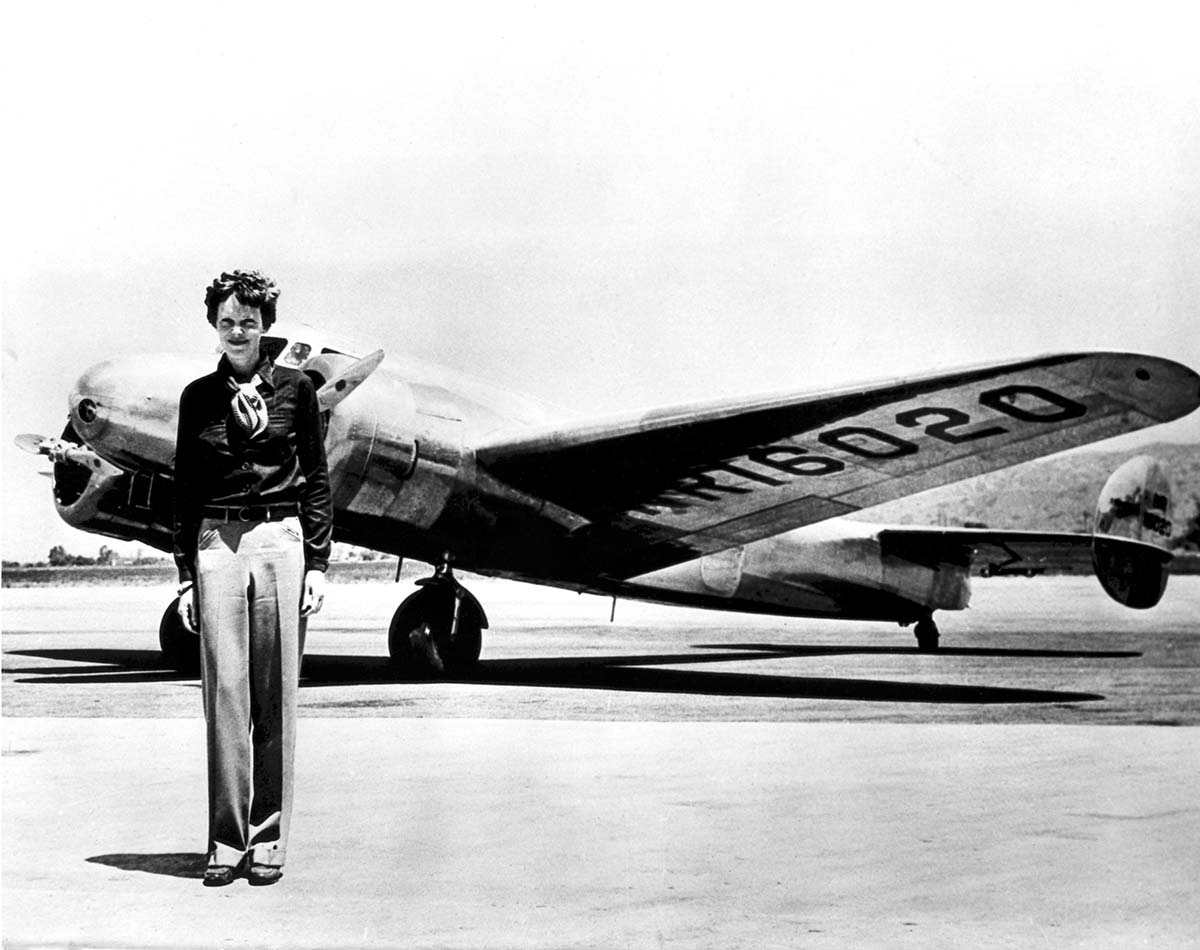
From learning to count to budgeting for your next family vacation, math makes the world go round. To spread the importance of math, Spark Math by Spark Education is continuing our series, “This Month in Math History.” We will go over some of the biggest stories made possible by math. From scientific discoveries to mind-blowing facts, here’s “This Month in Math History: May”.
May 5th Alan Shepard became the first American in space.
In 1961, Alan Shepard became the first American in space. He piloted the Freedom 7 spacecraft for a 15-minute and 28-second suborbital flight. He reached a height of 116 miles above the earth. While Shepard wasn’t the first human in space, that goes to Yuri Gagarin of the USSR, he did help show Americans that the U.S. was ready for the next steps in space travel.
This space race was all about getting further and further away from Earth. While test pilots and astronauts get the biggest praise, it takes a huge team of mathematicians, engineers, scientists, and construction workers to get to space. The computers scientist used at the time had less computing power than a smartphone. How much less? A smartphone is over 5000 times more powerful than the computer that sent the first man into space. The main source of computing power to make these missions happen was the brain power and math skill of the hard working teams at NASA.

Math history by the numbers: The Empire State Building Opens May 1st
- Empire State Building stands 1,250 feet (380 meters) tall.
- Including the spire and antenna, the building grows to 1,454 feet (443 meters)
- It took 1 year and 45 days to build this 102 story building.
- Was the tallest building in the world when it opened in 1931.
May is the perfect time of year to fly across the Atlantic Ocean
Flying across the Atlantic Ocean was a lot harder in the 1920s and 30s. Modern planes are big enough to carry tons of fuel and have powerful computers. These modern plane computers do tons of work like measuring altitude, speed, weather, and so much more. In the early days of flying, pilots had to do everything by hand. Following maps using protractors and rulers, pilots were able to navigate across the ocean using only their math skills. From figuring out how much fuel to use, to landing in the right place, the work was so hard that all early planes needed a navigator.
On May 21st, 1927, Charles Lindbergh flew across the Atlantic Oceans between Long Island, NY, and Paris, France. He did the flight alone, having to navigate and fly the plane on his own. This trip was 3,600 miles and 33 hours long. LIndberg’s hard work and expertise made him into a star of his time. Besides the fame, he also won $25,000 (that’s over $400,000 in 2023 money) and a cool new nickname, “Lucky Lindy”
5 years later, in 1932 Amelia Earhart became the 2nd person to fly solo across the Atlantic Ocean, and the first woman to even complete the journey. Amelia fought against the stereotypes of the time about what a woman was capable of doing. She proved women were just as capable physically and mentally and went on to become an inspirational icon. An adventurer throughout her life, her journeys would lead to her mysterious disappearance trying to fly around the world.
May is a great month to see how math and science can affect the world. From blooming flowers to warmer weather, you can see science in the nature around you every May.
If you enjoy learning about how master problem solvers use math to build famous buildings or fly across the world, why not become one yourself with help from Spark Math By Spark Education. Try it our for yourself with a free trial class!




